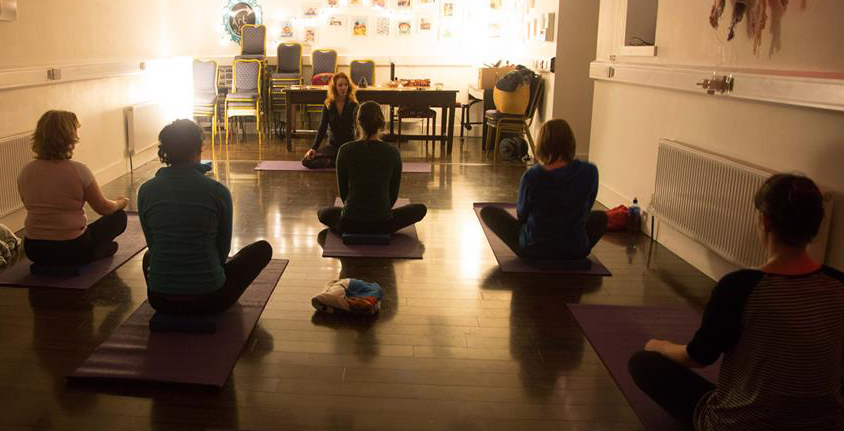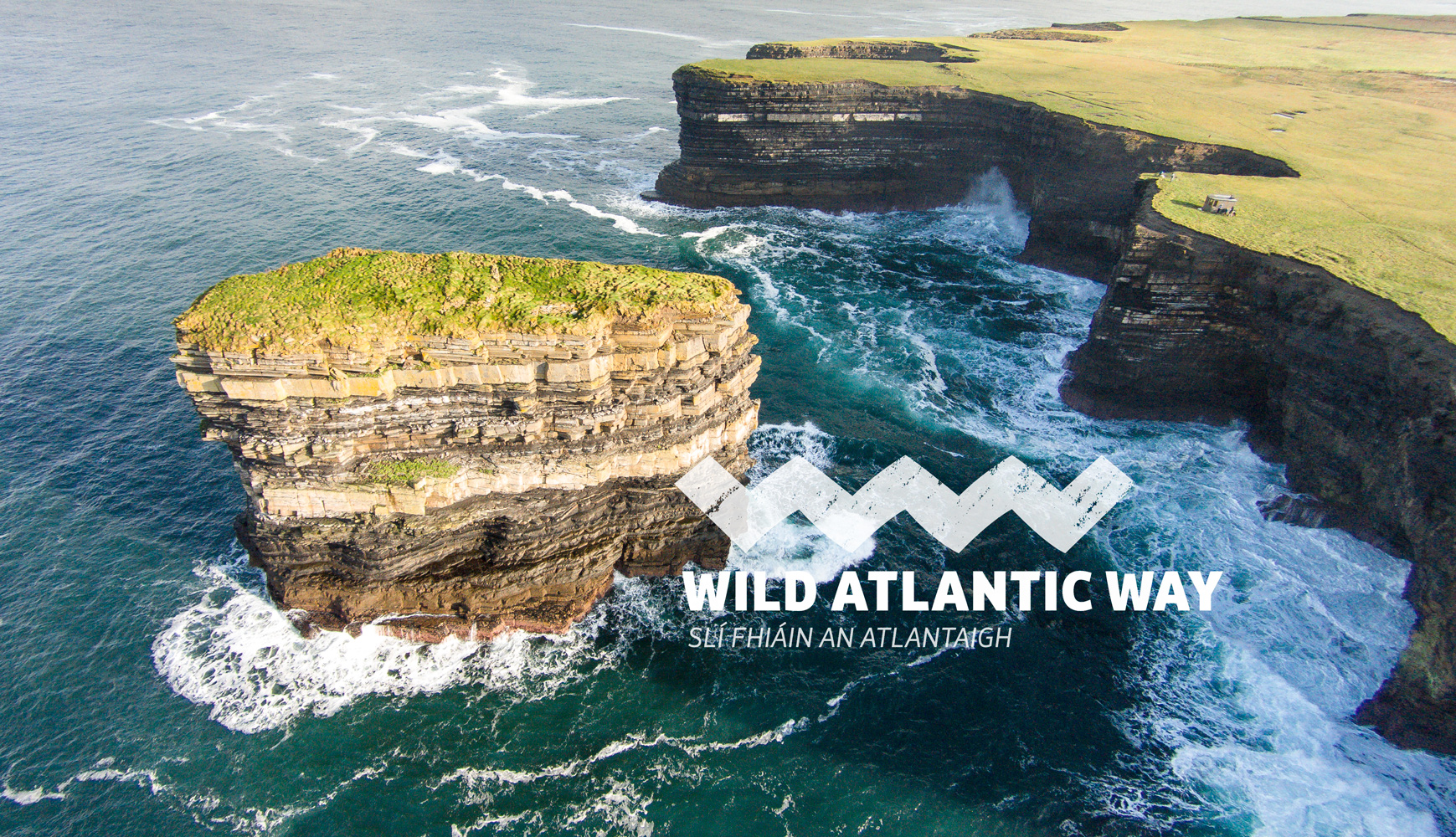Sites
The Three Abbeys: Moyne, Rosserk and Rathfran
Situated in spectacular surroundings close to Killala, Moyne Abbey was built around 1455, for the Franciscan order. It is regarded as one of the most important ecclestical ruins in Mayo. Along with Rosserk and Rathfran abbies, it is reputed to have been burnt down in 1590 on the orders of Sir Richard Bingham, English Governor of Connacht.
Founded on the site of an ancient oratory some time between 1400 and 1441, Rosserk Abbey was built for the Franciscan Third Order, and was a place of great learning as well as of prayer. Although smaller than Moyne, these ruins are just as impressive, with exquisite stone carvings and a graceful suspended bell tower over the chapel arch.
Dedicated to the Holy Cross, Rathfran Abbey was reputedly founded in 1274 by the deBurgh and D’Exeter families and judging from the earthen forts and “”giant’s graves”” must have been an important settlement.
Breastagh Ogham Stone
A short walk from Rathfran is the Breastagh Ogham stone, a standing stone engraved with Ogham characters, which originated from Druidic times and was based on the Latin alphabet. The markings are still visible and while one side is unclear, the other reads “”MAQCORBRIMAQAMLOITT”” – The Son of Corbbri, Son of Amloitt. Local folklore states that the stone commemorates the grandson of King Amhalgaidh (the name Killala possibly originates from Cill Amhalgaigh: The Church of Amhalgaigh).
Ceide Fields, Ballycastle (096 43325)
The Céide Fields are the oldest known field systems in the world, over five and a half millennia old. It is a unique Neolithic landscape of world importance. The remains of stone field walls, houses and megalithic tombs are preserved beneath a blanket of peat over several square miles. They tell a story of the everyday lives of a farming people, their organized society, their highly developed spiritual beliefs, and their struggle against a changing environment beyond their control. Visit the multi-award winning Centre, which has exhibitions, audio-visual show and tearooms and guided tour. Experience the unique ecology of the bogland, with its colourful mosses, sedges, lichens and heathers.
Information on these local heritage sites – and many more besides – is contained in two books by local historian, Stephen Dunford, both available in shops locally.
PLACES OF INTEREST
Enniscoe House, Castlehill & North Mayo Family Heritage Centre (096 31809)
Once described as the last great house in North Mayo, Enniscoe House is an elegant Georgian manor house on Enniscoe country estate overlooking Lough Conn. Visit the museum, research centre, forge and craft training centre or enjoy a snack in the tea rooms.
Irish Museum of Country Life, Turlough Park, Castlebar (094 9031773)
The first Irish National Museum to open outside Dublin, offering a wealth of information and displays about Irish history and rural living. Alongside the award-winning museum, they run workshops, tours and market days.
Foxford Woollen Mills Visitors Centre, Foxford (094 925 6756)
Take the one-hour self-guided tour of the woollen mills (available in French, German, Italian and Spanish as well as English and Irish), have a meal in the restaurant which offers fresh home-made fare, or take a stroll around the mill shop, jewellery workshop and art gallery.
The Father Peyton Centre, Attymass (096 45374)
The centre commemorates the life and apostolic work of Fr Peyton CSC, one of Ireland’s most famous priests, internationally known as the ‘Rosary Priest’. Open since 1998, the centre offers a place of respite, prayer and peace. It is highly respected by pilgrims and is a popular tourist attraction.
Hennigan’s Heritage Centre, Killasser, Swinford (094 925 2505)
The centre offers an insight into rural history, by preserving and showcasing the history of life in the Mayo area- farming, home, working and celebrations. Guided tours available. Tea shop and picnic area available.
Belcarra Eviction Cottage, Elmhall, Belcarra (087 9090046)
A 19th century eviction cottage at Elmhall, once the home of the Walshe family, who were evicted by the landlord’s agents, has been restored and refurnished as a Heritage Centre, by Belcarra Community Co-Op.
Michael Davitt Museum, Straide, Foxford (094 903 1022)
Famous Irish activist and social reformer, Davitt is known for his involvement in the Land League, and his ideas of moral force and passive resistance helped bring about the end of the Landlord system. Visit his birthplace which now holds a museum, grave and statue in his honour.
Ballintubber Abbey, Ballintubber (094 903 0934)
When St Patrick brought Christianity to Ireland in c.441AD, he founded a church at Ballintubber. The present abbey was founded in 1216 by King Cathal O’Conor. It is the only church in Ireland still in daily use that was founded by an Irish king. Open 9am to midnight, with guided tours from 10am.






